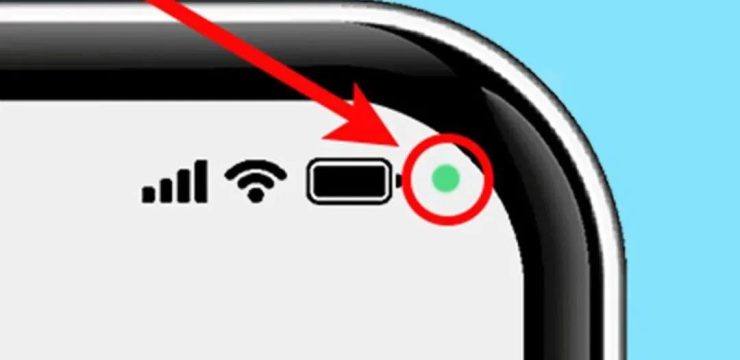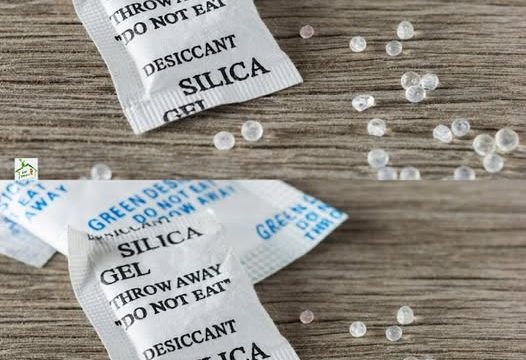As technology progressed, so did label-making devices. One of the biggest breakthroughs in the history of label makers was the introduction of digital printing. Unlike the manual machines of the past, digital label printers offered unprecedented precision, speed, and customization. Whether it’s barcodes, logos, or detailed product information, these printers can produce high-quality labels in a fraction of the time.

Inkjet and Laser Printing in Label Making
Digital label printers use inkjet and laser printing techniques, which allow businesses to print full-color labels that meet specific branding needs. Customization became more accessible, as labels could now be produced in various shapes, sizes, and materials. This innovation was a significant leap forward for industries such as retail, where attractive and efficient labeling is vital for product identification and customer engagement.
The Role of Label Design Software
In addition to digital printing, the rise of label design software further enhanced the industry. These programs made it easy for users to create professional-looking labels without needing specialized training. With a wide variety of templates, fonts, and graphics available, businesses could align their labels with their branding strategies more effectively.
Barcode Generation and Database Integration
Another feature of modern label-making technology is the ability to generate barcodes and integrate with databases. This capability allows businesses to track inventory and products efficiently, streamlining processes across manufacturing, retail, and logistics. It’s a far cry from the hand-carved labels of the past, showcasing how far the industry has come.





